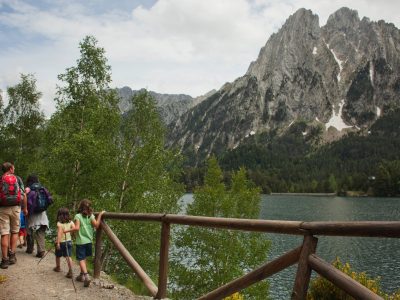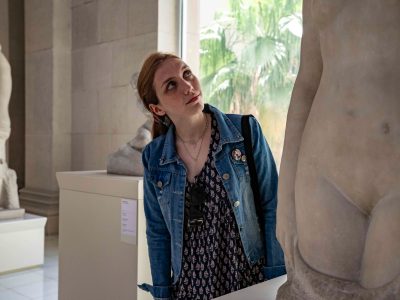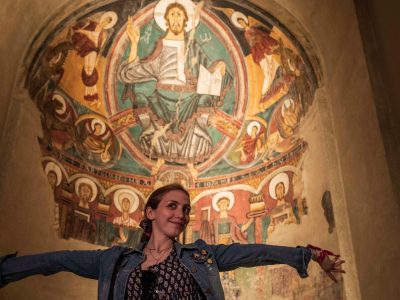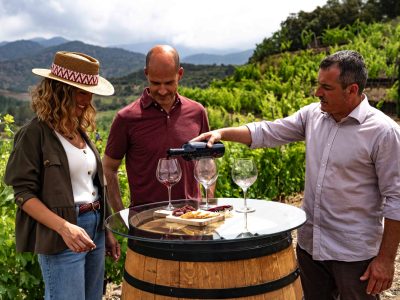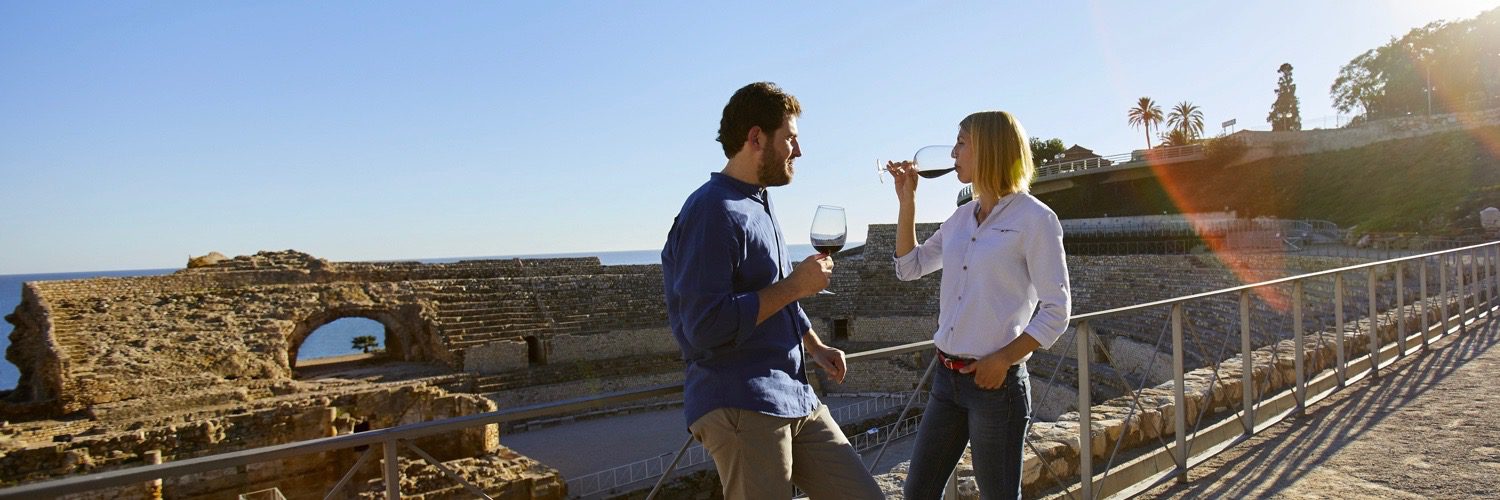
The DO Tarragona Wine Route
Discovering the wines of the DO Tarragona means stepping into an age-old tradition that dates back to the Roman Empire. Its historical and heritage legacy is exceptional and it has been closely tied to making wines of the highest quality since its beginnings.
The footprint that vine growing has left on this large region is enthralling and beckons visitors to enjoy a wide range of wine tourism experiences.
The Roman heritage of DO Tarragona wines is indisputable. In the 1stcentury AD, the Roman Empire was the real driving force behind winemaking in the Tarragona region. The amphora featured in the designation of origin’s logo was used back then to store and transport wine from Tarraco to Rome.
This makes Tarragona, Catalonia’s only World Heritage City and chosen because of its impressive legacy of Roman landmarks, the ideal setting and starting point to explore the wine culture of a designation of origin that stretches from the Mediterranean inland across the Tarragona countryside and the Prades mountain range to the Ebro River valley.
Made up of 73 towns and villages in el Camp de Tarragona and la Ribera d’Ebre, the DO Tarragona has fostered constant innovation in vine growing and winemaking. Over the centuries this commitment to the land and the vineyard has enabled it to weather every setback, including the phylloxera plague in the late 19thcentury.
Its fine climate and the quality of its soil and vineyards shaped by the marinada, the area’s distinctive sea breeze, lend a special personality to the wines, most of which are made with Macabeu, the flagship variety of the designation of origin. Other varieties grown are Ull de Llebre, Merlot, Samsó, Sumoll, Muscat, Parellada and Grenache. All of them bring character to their full-bodied and aromatic red wines, fresh, cherry-coloured rosés, smooth, brightly coloured whites, and also to liqueur wines such as Mistela, Muscatel and vimblanc or rancio wine.
The DO Tarragona’s wineries are the outcome of the initiative of a long list of family ventures in most cases or the combined efforts historically embodied in the cooperative model. This is the case of the Nulles, one of Catalonia’s wine cathedrals and which was designed by Cèsar Martinell, a follower of Gaudí. Another example is the Catalan Art Nouveau Vila-rodona cooperative.
Options for all tastes
The DO Tarragona Wine Route features wineries from all over the vine growing area, headed by l’Alt Camp and la Ribera d’Ebre which account for 80% of the wineries that can be visited and are accompanied by wineries in el Tarragonès and el Baix Camp.
This route boasts 19 winery tours and 37 unique experiences, from a carriage ride with wine tasting to special visits and tastings in the vineyards. There are also options such as river routes in a llagut boat and kayak outings along the Ebro, strolls among the vineyards and Nordic walking trails.
They are experiences for all tastes which blend wine with local cuisine, sport, culture and family tourism. All of them are suitable for all audiences irrespective of whether or not they are familiar with the world of wine.







